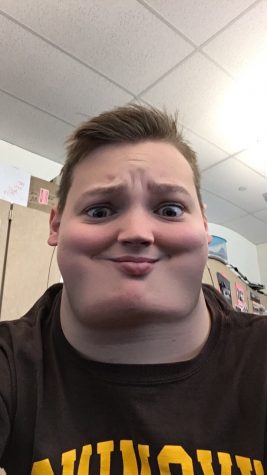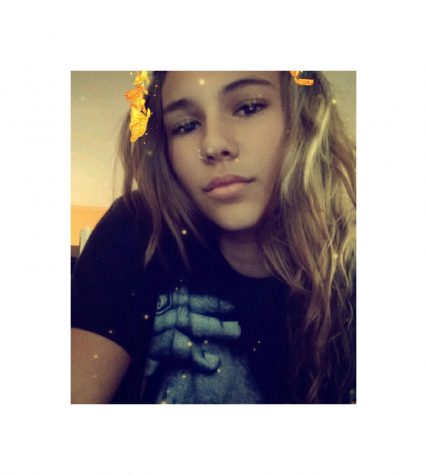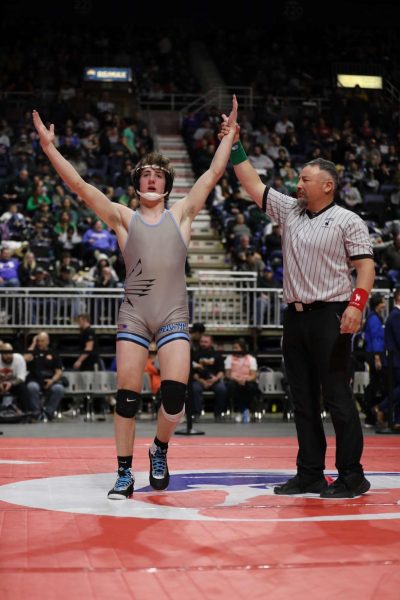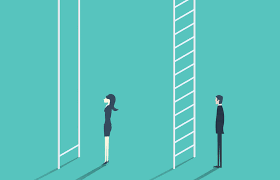A Common Vice
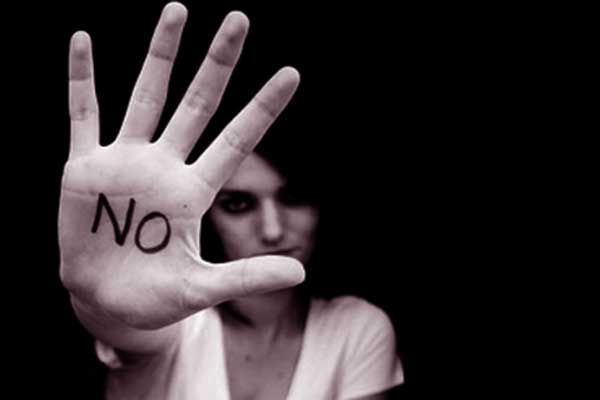
December 20, 2016
Drugs in the media are portrayed as back alley deals and meet-ups in Walmart parking lots. Although, when you are in high school, it is nothing like that. In elementary school, we used to innocently pass notes back and forth. In high school, the hand-offs are much more malicious.
Drugs in the public school system are a relatively taboo topic. Illegal drugs, such as marijuana, have become a controversial topic due to the legalization in 25 states, but nobody really talks about how the stimulants and depressants course through the school’s veins, or how drugs flow from user to user.
Now, to be perfectly clear, we are in no way advocating any drug use. The purpose of this article is to examine the drug usage at East high school and initiate a discussion on prevention.
Four anonymous students and East High Student Resource Officer Hunter, were interviewed, and asked a multitude of questions concerning drugs. While the interviewees reported consistent drug use, the SRO’s statistic does not reflect that.
“We have had at least two instances of marijuana usage, as well as possession this year,” said Officer Hunter.
Drug use in high school varies greatly from user to user. One of the interviewees only used marijuana. The other three used a lot heavier narcotics, such as cocaine, crack, assorted pills, NBT, DMT, horse tranquilizer and K2/Spice.
“There has been one case of spice, someone under the influence,” said Officer Hunter. Spice was common among three of the drug users interviewed.
Spice is a relatively new narcotic that is flooding the market. According to CBS News, more than 11,400 people were admitted the emergency room in 2010 due to the effects of Spice. This drug provides extreme hallucinations, over 100 times more powerful than THC. Some first-time users even died while using spice. There are some pretty heavy side effects such as intense cravings, vomiting, extreme agitation, psychotic episodes including hallucinations, and even heart attacks. Spice is marketed as a herbal drug, but it is anything but that. According to drugabuse.gov, “Synthetic cannabinoids refer to a growing number of man-made mind-altering chemicals that are either sprayed on dried, shredded plant material so they can be smoked or sold as liquids to be vaporized and inhaled in e-cigarettes and other devices.” One of the students claimed that spice is almost used as often as pot.
The interviewees claimed that drugs are easily found at East.The interveiwees believe that drug usage varies from 20% all the way to 70% of students. That’s concerning but school district statistics don’t support that high of numbers.. According to a new study by the National Center on Addiction and Substance Abuse, about 17 percent of American high school students are drinking, smoking or using drugs during school hours. If that percentage stayed true at East, about 271 students smoke, drink or use drugs during school. This statistic does not account for drug use outside of school.
One might wonder how students obtain these drugs. According to the interviewees, most drug using students have a drug dealer outside of school. After obtaining the drugs, the students either used individually or shared the drug amongst their friends. The drug dealer is introduced through a mutual friend, so now those friends have more in common.
Drugs are negatively affecting users at East. All of the interviewed students claimed that without drugs, they would probably perform better academically. Most of the users consider marijuana as a relatively harmless drug, although it can have a negative impact on academic success.
According to a St. Lawrence University academic student support service. “Marijuana has the same impact on sleep that alcohol has, throwing off the sleep cycle and impacting how a person feels for at least two additional days. Marijuana suppresses neuronal activity in the hippocampus, resulting in problems with attention, memory, and concentration.”
With narcotic use, the effects are more severe. According to justthinktwice.gov, “Teens who abuse drugs have lower grades, a higher rate of absence from school and other activities, and an increased potential for dropping out of school.”
In all, drug use poses safety and academic challenges. Without drug use, one might perform better academically and be in better health.
Currently, the school district has measures in place to try to limit illegal drug use at schools. However, most of these measures are reactive and involve punishing the student. This does not stop the drug use in the first place. In health class, students briefly learn about drugs and the dangers. The students are taught that drugs are bad and that they should avoid them. Unfortunately, in theory, it is easy to teach others to say no to drugs, however the school district does not provide the resources that students need to say no. Also, learning from a textbook makes it easier for a kid to ignore a problem. However, if that student sees, in person, how drugs affect a person, they will be less inclined to use drugs.
We need to change the way we inform students about the way we use drugs. A new effort needs to be made to try to show how someone who was once in their situation, working for goals and on the edge of success, ended up in a bad place.


